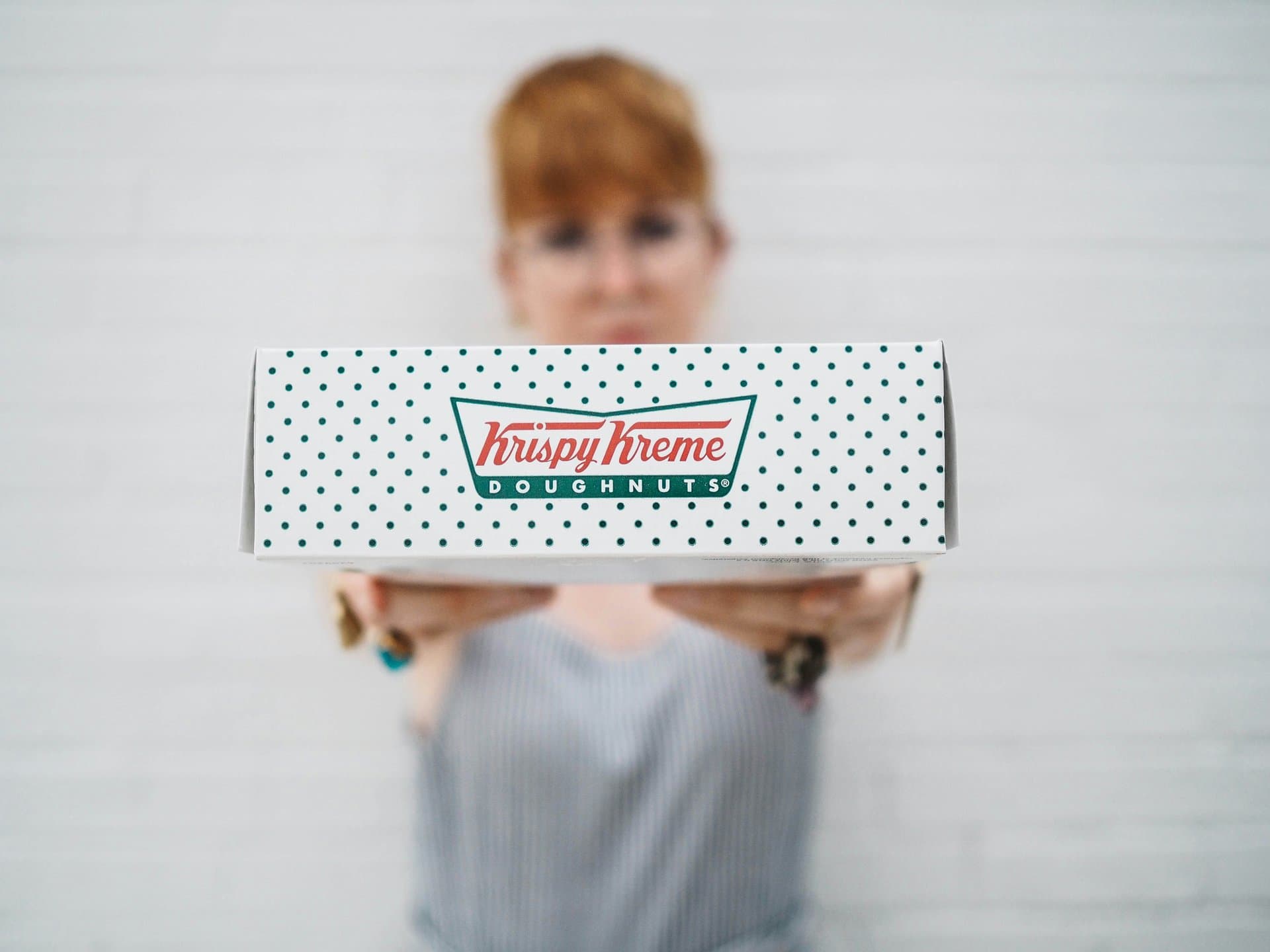Krispy Kreme Pauses McDonald’s Doughnut Rollout Amid Economic Hurdles
Discover why Krispy Kreme is reassessing its nationwide McDonald’s doughnut rollout, how economic softness impacts fast-food partnerships, and what this means for investors and consumers alike.

Key Takeaways
- Krispy Kreme pauses McDonald’s doughnut rollout due to sales below expectations
- Economic softness weighs on fast-food sales and expansion plans
- Krispy Kreme and McDonald’s collaborate to boost demand and simplify operations
- Krispy Kreme’s stock dropped over 16% after the announcement
- Profitability concerns drive reassessment of nationwide expansion

When Krispy Kreme and McDonald’s announced their doughnut partnership in March 2024, fans imagined grabbing fresh Krispy Kreme treats at every McDonald’s nationwide by 2026. But the sweet dream hit a snag. As of March 30, 2025, Krispy Kreme doughnuts are available in over 2,400 McDonald’s locations, mainly in Indiana and Kentucky, yet the planned nationwide rollout is now on pause. Why? Economic uncertainty and softer-than-expected demand have forced Krispy Kreme to reassess its deployment schedule with McDonald’s, aiming to find a profitable business model for both. This article dives into the reasons behind the pause, the impact on Krispy Kreme’s stock, and what this means for the fast-food industry’s future. Let’s unpack the story behind the doughnut curtain.
Reassessing the Rollout
Krispy Kreme’s ambitious plan to bring its doughnuts to every McDonald’s across the U.S. by the end of 2026 sounded like a recipe for sweet success. The partnership, announced in March 2024, aimed to make Krispy Kreme’s iconic treats accessible to millions who might not otherwise visit a dedicated doughnut shop. Initially, the rollout showed promise, with over 2,400 McDonald’s locations carrying Krispy Kreme doughnuts by March 30, 2025, primarily in Indiana and Kentucky. But as the rollout progressed, demand cooled off faster than expected. CEO Josh Charlesworth acknowledged that after the initial marketing buzz, sales dipped below projections, prompting a pause to reassess the deployment schedule. This isn’t a full stop but a strategic timeout to identify ways to boost sales and simplify operations. The goal? To build a profitable business model that benefits both Krispy Kreme and McDonald’s before expanding further. It’s a reminder that scaling a partnership nationwide requires more than just enthusiasm—it demands careful tuning to market realities.
Economic Softness Impact
The broader economic backdrop is no friend to fast-food expansions right now. Consumers are tightening their belts amid worries about a potential recession and general economic softness. McDonald’s itself reported a 3.6% decline in U.S. same-store sales for the first quarter of 2025—the largest drop since the pandemic upheaval in 2020. CEO Chris Kempczinski pointed out that middle- and low-income diners, who make up a big chunk of fast-food traffic, are visiting restaurants less frequently. This slowdown trickles down to partnerships like Krispy Kreme’s, where consumer excitement alone can’t overcome cautious spending. The fast-food industry’s traffic dip underscores a key truth: even iconic brands must navigate shifting consumer moods and economic headwinds. For Krispy Kreme, this means recalibrating expectations and strategies to align with a marketplace that’s less hungry for indulgence than before.
Stock Market Reaction
The financial markets wasted no time reacting to Krispy Kreme’s announcement. On the day the company revealed it was pausing the McDonald’s rollout and pulling its full-year outlook, Krispy Kreme’s stock plunged 24%, closing at $2.73 per share. Over the past year, shares have shed more than 70% of their value, dragging the company’s market capitalization below $600 million. Analysts like Truist’s Bill Chappell expressed shock at how quickly the narrative unraveled, downgrading the stock from buy to hold. The swift market response reflects investor skepticism about Krispy Kreme’s ability to execute its growth strategy amid economic softness and operational challenges. It’s a stark reminder that in today’s fast-paced markets, optimism must be backed by tangible results and clear paths to profitability.
Operational Challenges Ahead
Behind the scenes, Krispy Kreme is grappling with the complexities of scaling production and distribution. The company employs a “hub and spoke” model, where central production hubs supply freshly made doughnuts daily to retail locations, including McDonald’s restaurants. To meet the ambitious nationwide rollout, Krispy Kreme invested heavily in expanding capacity, which weighed on profits and contributed to a net loss of $33 million for the quarter ending March 30, 2025. The company has reported three quarters of net losses in the past year, signaling operational strain. Additionally, Krispy Kreme plans to prune up to 10% of its unprofitable U.S. locations, a tough but necessary move to streamline operations. These challenges highlight that growth isn’t just about opening doors—it’s about making every location count toward sustainable profitability.
Looking Toward Profitable Growth
Despite the hurdles, Krispy Kreme’s leadership remains optimistic about the long-term potential of the McDonald’s partnership. CEO Josh Charlesworth emphasized the need to work closely with McDonald’s to identify levers that can stimulate higher demand and simplify operations. The focus is on achieving a profitable business model before resuming expansion. This measured approach contrasts with the myth that rapid growth always equals success. Instead, Krispy Kreme is choosing to pause, reflect, and recalibrate—an often overlooked but crucial step in building lasting business value. For consumers, this means the doughnuts will remain available at current McDonald’s locations, while fans nationwide wait patiently for the next chapter. For investors and industry watchers, it’s a case study in balancing ambition with economic realities.
Long Story Short
Krispy Kreme’s decision to pause its nationwide rollout with McDonald’s is a candid reminder that even beloved brands face real-world economic headwinds. The partnership’s initial spark of excitement gave way to the sobering reality of slower sales and rising costs, prompting a strategic reassessment. For investors, the 24% stock plunge and pulled outlook signal caution, while consumers may see fewer Krispy Kreme doughnuts at their local McDonald’s in the near term. Yet, CEO Josh Charlesworth’s confidence in the long-term opportunity suggests this isn’t the end but a recalibration. The doughnut duo is working to boost demand and simplify operations, aiming for profitable growth before expanding further. In a market where consumer spending tightens and fast-food traffic dips, this pause is a prudent step—not a retreat. For those watching the fast-food space, it’s a lesson in patience, partnership, and the power of adapting to economic realities.